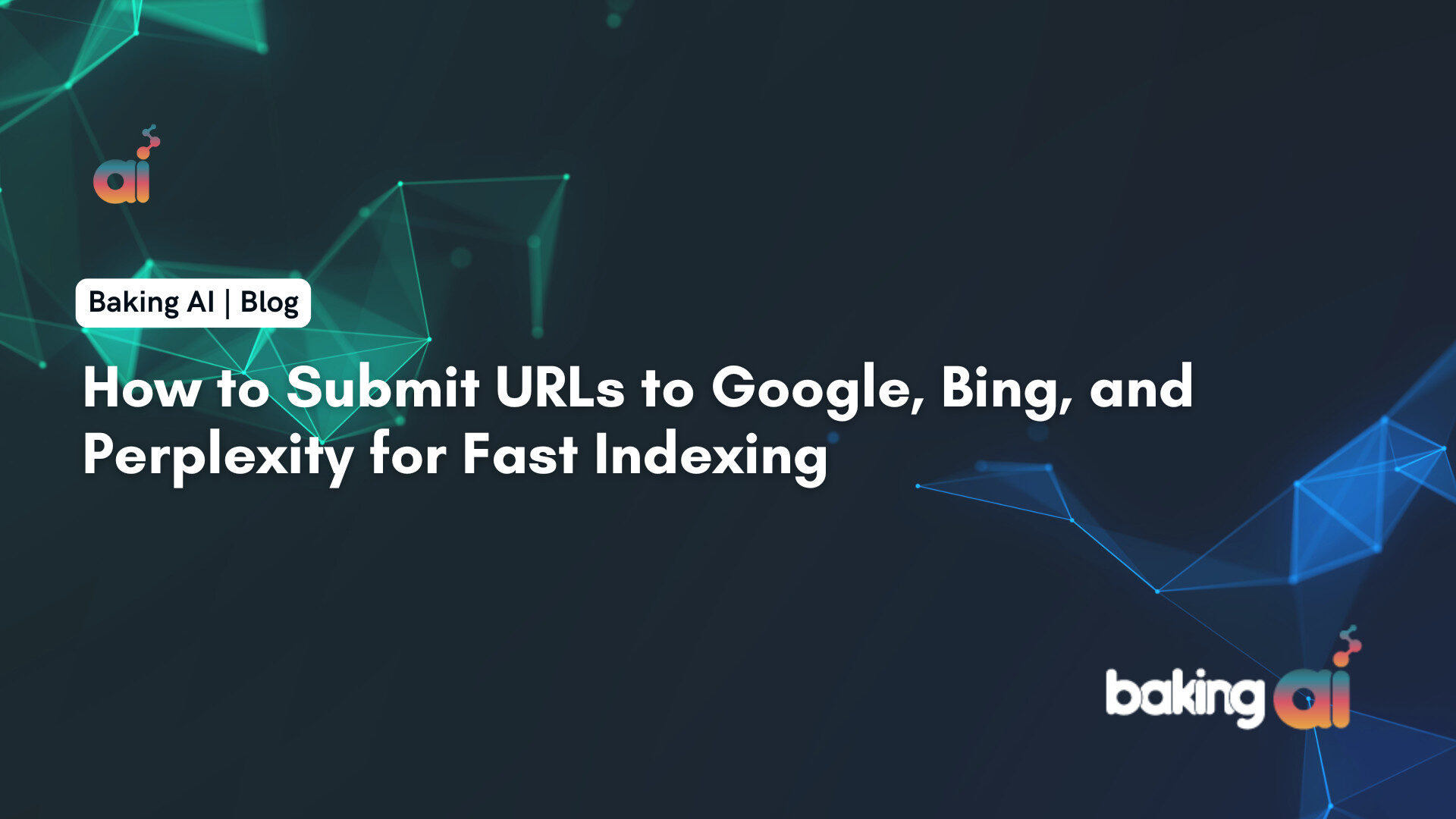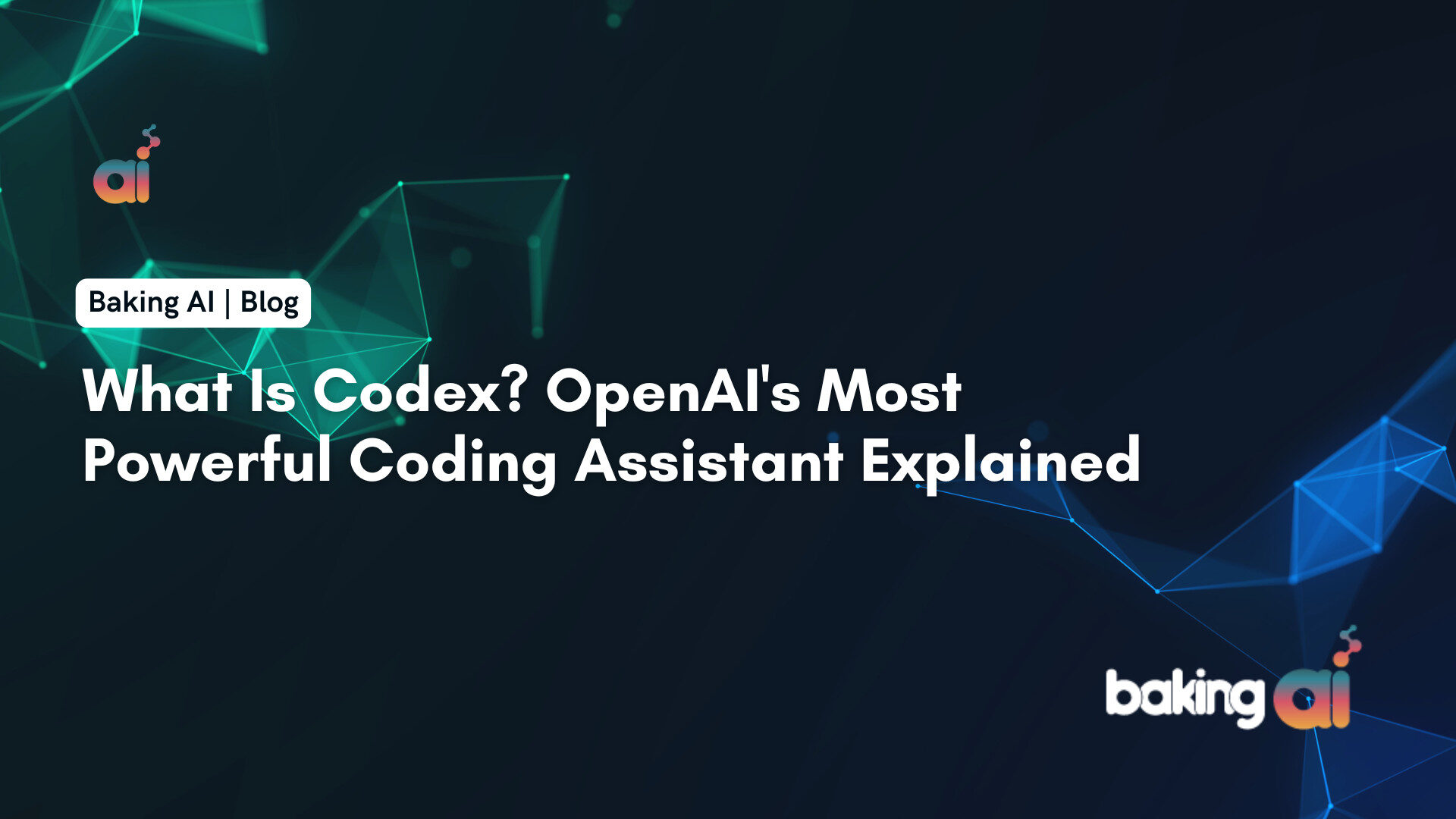A Performance Planner is a tool primarily used in digital advertising, particularly within Google Ads, that automates several functions to enhance campaign management and performance. Here’s a detailed overview of what a Performance Planner automatically does:
Key Functions of a Performance Planner
Forecasting Performance
- Predicts Future Outcomes: The Performance Planner analyzes historical campaign data to forecast future performance metrics such as clicks, conversions, and impressions. This forecasting is based on a vast amount of data, including billions of search queries, and is typically updated every 24 hours.
Budget Recommendations
- Proposes Budget Adjustments: It automatically suggests modifications to your advertising budget. For instance, if it predicts that increasing your budget will lead to significantly more conversions, it will recommend this change. Conversely, if your current budget is deemed sufficient, it may advise maintaining it.
Campaign Optimization Suggestions
- Recommends Changes to Campaign Parameters: The tool can suggest adjustments to various campaign elements, including bid strategies, targeting options, and ad creatives. These recommendations are based on expected impacts on performance, helping advertisers optimize their campaigns for better results.
Performance Tracking
- Monitors Campaign Performance: After implementing changes based on its recommendations, the Performance Planner continues to track performance and provides updates. This allows advertisers to see how modifications affect key metrics over time.
Identifying Opportunities
- Discovers New Opportunities: The Performance Planner can identify new potential areas for campaign improvement, such as recommending new keywords or ad formats that may resonate better with target audiences. This helps in continuously refining ad strategies to enhance effectiveness.

Benefits of Using a Performance Planner
Using a Performance Planner can lead to significant improvements in campaign performance, including:
- Increased conversions: Advertisers have reported up to 43% more conversions by utilizing insights from the Performance Planner.
- Improved return on investment (ROI): By optimizing budget allocation and campaign settings, advertisers can achieve better results without necessarily increasing their spending.
Performance Planner predicting future campaign performance
The Performance Planner in Google Ads predicts future campaign performance using a combination of historical data analysis, machine learning algorithms, and real-time market trends. Here’s how it works:
Key Mechanisms of Prediction
- Historical Data Analysis: The Performance Planner leverages historical performance data from your campaigns to establish a baseline. This includes metrics like clicks, conversions, and cost per acquisition (CPA). By analyzing past trends, it can identify patterns that help forecast future performance under similar conditions.
- Machine Learning Algorithms: The tool employs machine learning to process vast amounts of data, including billions of search queries. This allows it to make informed predictions about how changes in budget, targeting, and other campaign parameters will affect outcomes. The algorithms continuously learn from new data, refining predictions over time.
- Scenario Planning: Advertisers can explore various budget scenarios and their potential impacts on campaign performance. The Performance Planner allows users to simulate different strategies, helping them understand how adjustments might influence key metrics like clicks and conversions. This feature is particularly useful for testing the effects of increasing or re-allocating budgets.
- Real-Time Market Trends: The Performance Planner also considers current market conditions and trends, which can affect the performance of ad campaigns. By integrating real-time data, it provides more accurate forecasts that reflect the dynamic nature of digital advertising.
- Forecasting Outputs: The tool generates projections for various time frames (monthly, quarterly, etc.), allowing marketers to see potential outcomes and make data-driven decisions about their advertising strategies. It can also suggest optimal budget allocations to maximize return on investment (ROI).

Metrics does the Performance Planner forecast
The Performance Planner in Google Ads forecasts several key metrics to help advertisers understand potential campaign performance. Here are the specific metrics it predicts:
Key Metrics Forecasted by Performance Planner
- Spend: The tool forecasts how much you might spend based on your budget settings and campaign adjustments.
- Clicks: It predicts the number of clicks your ads could receive, helping you gauge interest and engagement.
- Conversions: This metric estimates how many conversions (desired actions taken by users) your campaigns may achieve.
- Cost Per Acquisition (CPA): The tool provides insights into the expected cost to acquire a customer, allowing you to assess the efficiency of your spending.
- Conversion Rate: This metric indicates the percentage of clicks that are expected to result in conversions.
- Return on Ad Spend (ROAS): It estimates the revenue generated for every dollar spent on advertising, helping you evaluate the profitability of your campaigns.
- Impression Share: This metric forecasts the percentage of impressions your ads are expected to receive compared to the total available impressions.
- Conversion Value: It estimates the total value of conversions, which is crucial for understanding the overall impact of your campaigns.
- Store Visits and Related Metrics: If applicable, it can forecast the number of physical store visits generated by online ads. This metric estimates the cost associated with driving a customer to a physical location.
- Additional Metrics: Users can also add secondary metrics to their forecasts, such as Store Visit Value and Store Visit Value / Cost, providing a more comprehensive view of campaign performance.
Performance Planner suggesting new ad targeting options
The Performance Planner in Google Ads does not specifically suggest new ad targeting options. Instead, it focuses on forecasting campaign performance based on existing settings and providing recommendations for budget allocation and bid strategies to optimize results.
- Adjusting Existing Campaign Settings: While it can help you analyze and optimize your current campaigns, including aspects like bidding strategies and budgets, it does not automatically generate new targeting options.
- Scenario Planning: Users can experiment with different budget scenarios and their impacts on performance, but this is based on existing targeting rather than introducing new targeting methods.
- Performance Insights: The tool provides insights into how different settings, including targeting, might affect campaign performance, allowing users to make informed decisions about potential adjustments.
- Manual Adjustments: Advertisers are encouraged to manually explore and implement new targeting options based on the insights and forecasts provided by the Performance Planner.
In summary, a Performance Planner is an essential tool for advertisers looking to streamline their campaign management processes, maximize their advertising budgets, and improve overall performance through data-driven insights and automated recommendations. For expert guidance in optimizing your campaigns, reach out to Baking AI, the AI marketing company, and let us help you elevate your marketing strategy with advanced AI solutions.
Frequently Asked Questions about Performance Planner
How does Performance Planner handle seasonal variations in campaign performance?
Since Performance Planner uses historical data, trends, and other factors to estimate how campaigns will perform during holidays and festivals, businesses can plan their campaigns effectively to take advantage of such seasons. It permits the advertisers to apply the seasonal factors, allowing them to either increase or reduce the bid depending on traffic conversions during festivals and other occasions like the Easter holiday or Black Friday markdowns.
Can Performance Planner integrate with other marketing tools?
It’s worth mentioning that although Performance Planner is a Google Ads tool, it can enhance third-party marketing tools such as SEMrush and Ahrefs. Some of these connections can help produce more data and information about campaigns to improve the Performance Planner’s forecasting abilities to be more holistic.
What kind of historical data does Performance Planner use for forecasting?
The performance planner has access to the campaign’s previous performance data, observed trends in the auctions, and other seasonal data. It also provides information when editing the forecast by considering the user options, competitors, and other successful campaign data.
How often should I update my data for Performance Planner to remain accurate?
For this reason, it is recommended that you update your data as soon as possible, particularly when you are due to make a large change to your budget or before the beginning of new campaigns. Regularly updating the forecasts enables you to provide the most up-to-date market and performance values.
Is there a possibility that the Performance Planner will notify me if the campaign’s performance is random?
Unfortunately, Performance Planner itself does not offer alerts for unexpected performance changes; however, it enables you to keep a close eye on your campaigns. The user can organize having some checks on his advert manually or get a notification from Google Ads that will be useful when the performance of the intended advert has a drastic change that may demand attention.
Which of the following are components of performance planner’s forecast methodology?
The components of Performance Planner’s forecast methodology include Validation, Machine Learning, and Forecasting. These elements work together to analyze past campaign performance and predict future outcomes, optimizing advertising strategies effectively.











